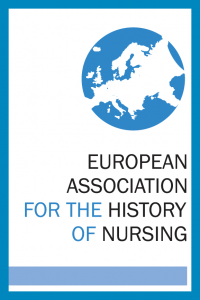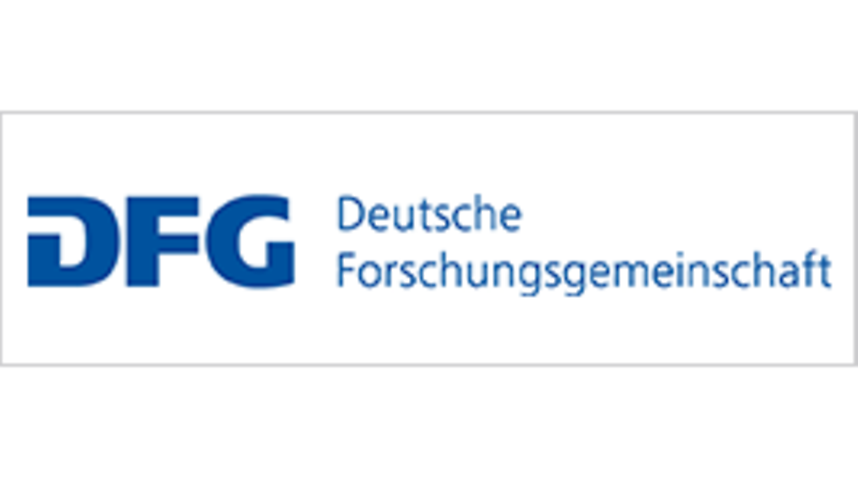Protestant Nursing in Crisis? The Shortage of Deaconesses in the GDR Using the Example of the Evangelisch-Lutherisches Diakonissenhaus Leipzig
DOI:
https://doi.org/10.25974/enhe2021-7enKeywords:
20th Century, Deaconesses, Denominational Nursing, German Democratic Republic, Protestant Hospital, Staff RecruitmentAbstract
There is well-established research in Germany showing that the number of Protestant nursing sisters (deaconesses) increased until the end of the 1930s. This trend then ended, which lead to broad and long-lasting debates about the continuation of the Protestant nursing tradition and the solidarity-based life model of deaconesses. While these debates and their outcomes have been studied for the Federal Republic of Germany and other Western European countries, almost no such studies existed for the German Democratic Republic (GDR). This article therefore fills a research gap. Using the example of the Leipzig Deaconess House, it elaborates on the development of the number of nurses from its founding in 1891 to the end of the GDR and presents the institution’s organizational structure and recruitment strategies. It focuses on the GDR period and asks the following questions: What was the status of deaconesses under labour law? How were the declining numbers of deaconesses in nursing and in the community dealt with? And how did deaconesses and wage-earning nurses interact in everyday hospital life?Downloads
Published
2022-01-17
Issue
Section
Themed Section
License
Copyright (c) 2022 European Journal for Nursing History and Ethics

This work is licensed under a Creative Commons Attribution 4.0 International License.






